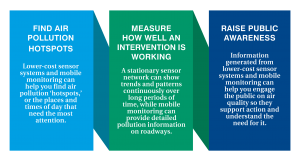We are facing an epic twin challenge: climate change and the air pollution crisis.
One way we can confront this challenge is by approaching transport solutions with both a climate and clean air lens – simultaneously targeting multiple pollutants that warm the planet and harm our health.
Transport, health and climate
Transport is one of the main sources of air pollution around the world, with direct effects on mortality as well as on respiratory and cardiovascular disease. These effects disproportionately impact vulnerable populations like children, the elderly and those with preexisting conditions. For example, a recent health impact assessment by Environmental Defense Fund estimated more than 2,500 lives are lost and 5,200 children develop asthma every year in the San Francisco Bay Area due to exposure to traffic-related pollution.
Transport-related sources of air pollution that damage our health are also sources of climate pollution. The extraction, transport and refining of hydrocarbons and the burning of gasoline, diesel or any other fuel to power our vehicles emits a cocktail of substances that harm both people and environmental health, as well as a mixture of greenhouse gases that heat the Earth.
With overlapping sources of pollution, the transportation sector presents a huge opportunity to achieve both climate and air pollution goals simultaneously.
The dangers of looking at climate without a clean air lens
Often climate and air quality goals are treated separately within a city or region, creating an artificial division and disconnected solutions. A city might have a climate plan and a distinct air pollution plan, run by different teams, which can inadvertently lead to harmful health outcomes.
For example, in the 1990s and 2000s in the European Union, climate policy encouraged drivers to switch to diesel vehicles. That policy was focused on reducing carbon pollution – without accounting for the significant amount of nitrogen dioxide (NO2) pollution that diesel engines put into the air. According to the American Lung Association, NO2 is associated with increased inflammation of the airways that can cause:
- Worsened cough and wheezing;
- Reduced lung function;
- Increased asthma attacks; and
- Greater likelihood of emergency department and hospital admissions.
The pro-diesel policy led to a huge uptick in diesel-fueled cars on European roads, kicking off a new wave of air pollution that cities across the continent are still grappling with today. In London, for example, our research revealed how diesel pollution remains a huge source of the city’s air pollution, with diesel cars serving as the largest single source contributor to nitrogen oxides (NOx) pollution at London primary schools. NOx is a group of gases that includes NO2.
The benefits of an integrated approach
Fortunately, city leaders are beginning to address climate and air pollution goals simultaneously. For example, Medellin, Colombia launched an Integrated Air Quality Management Plan that addresses both climate pollutants and health-damaging air pollutants. The plan includes the implementation of a Low Emission Zone focused on reducing fine particulate matter pollution and the incorporation of 64 zero-emission buses to the city’s Bus Rapid Transit system.
Sustainable transport is not just about clean vehicles. The ‘Avoid-Shift-Improve framework’ from the SLOCAT Partnership is useful:
- Avoid trips in motorized vehicles and diminish distances travelled by both passenger and goods, through policies such as home office and other travel demand management measures, transit-oriented development, and logistics optimization.
- Shift travel to sustainable mobility modes, by prioritizing investments on walking, cycling and public transport infrastructure, complemented by promotion strategies to ensure their preference by passengers, as well as to prioritize the use of efficient freight alternatives such as railways.
- Improve the environmental performance of transport modes through energy efficiency, and ultra-low and zero emission technology and fuel systems.
Integrated climate and clean air solutions means more livable cities where people can breathe clean air, safely walk and cycle and access better and affordable public transport. It means optimized freight logistics, options to reduce commuting whenever possible and technologies and measures to reduce air pollution and carbon emissions. Integrated solutions mean using less-polluting vehicles and creating connected cities in which people can enjoy family and friends, go to school, work and have fun – all within a short distance.
We can tackle our twin challenge of climate and air pollution, with transport playing a key role in reducing emissions, protecting people’s health and achieving multiple other benefits for our lives and the planet.










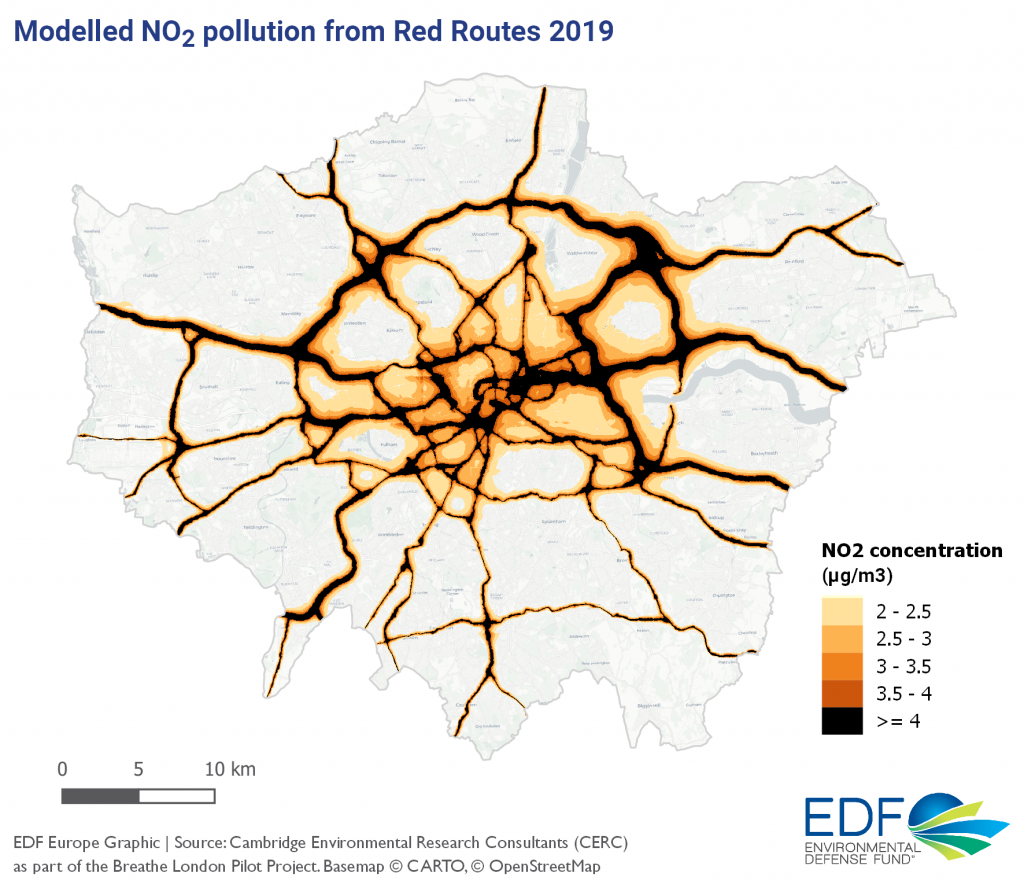
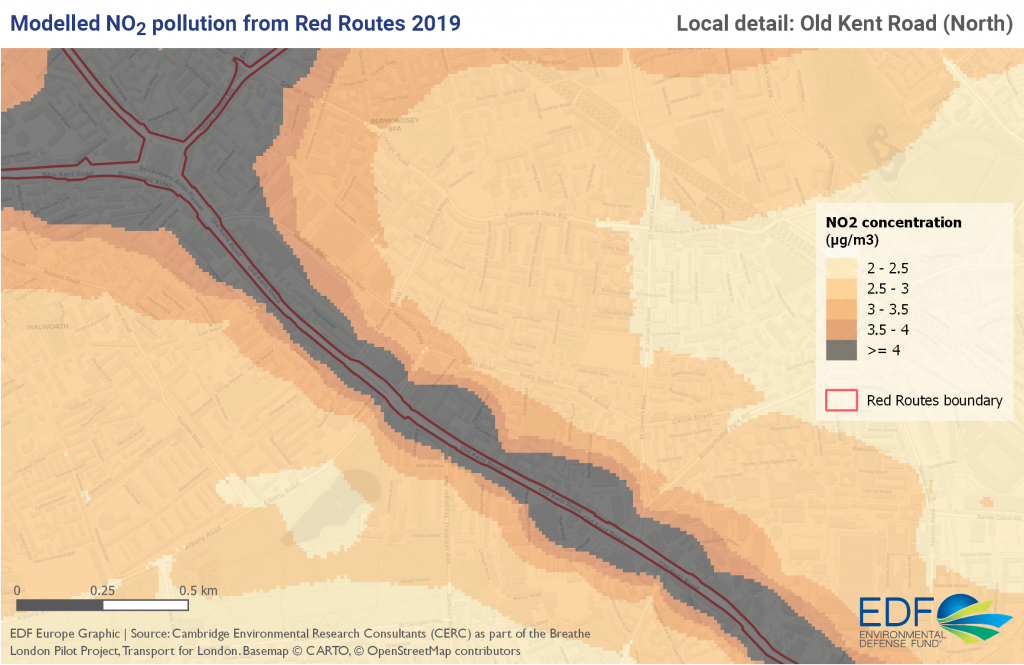
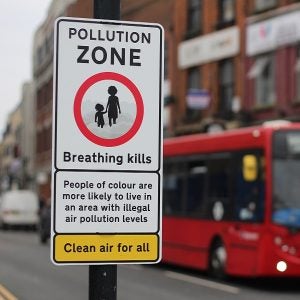
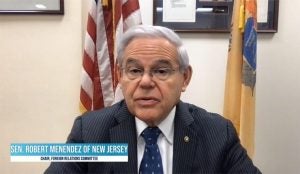
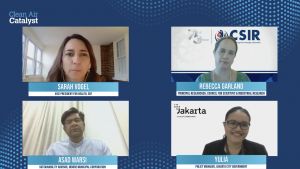
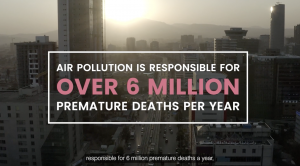
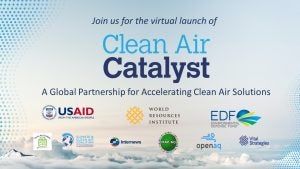
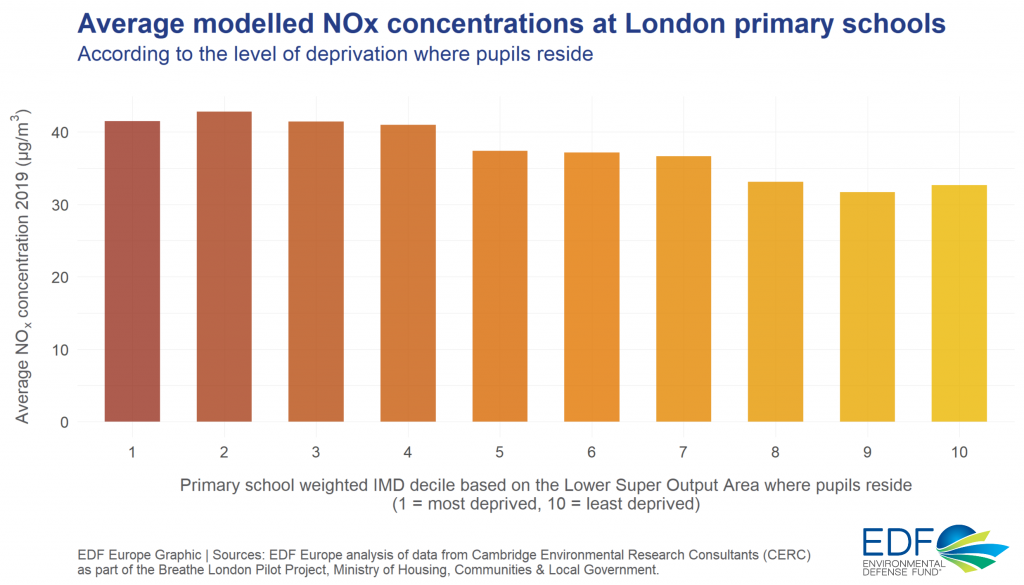
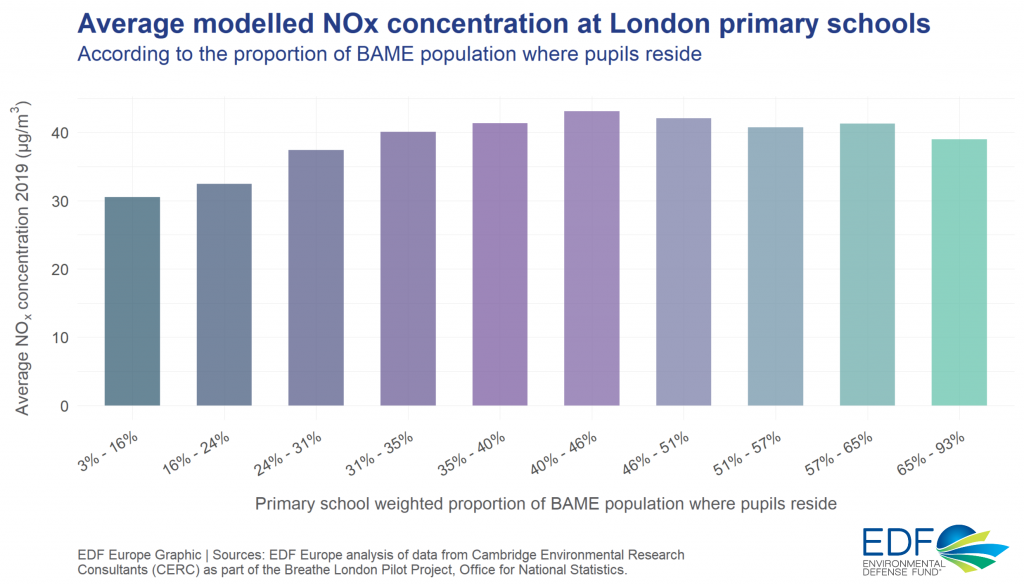
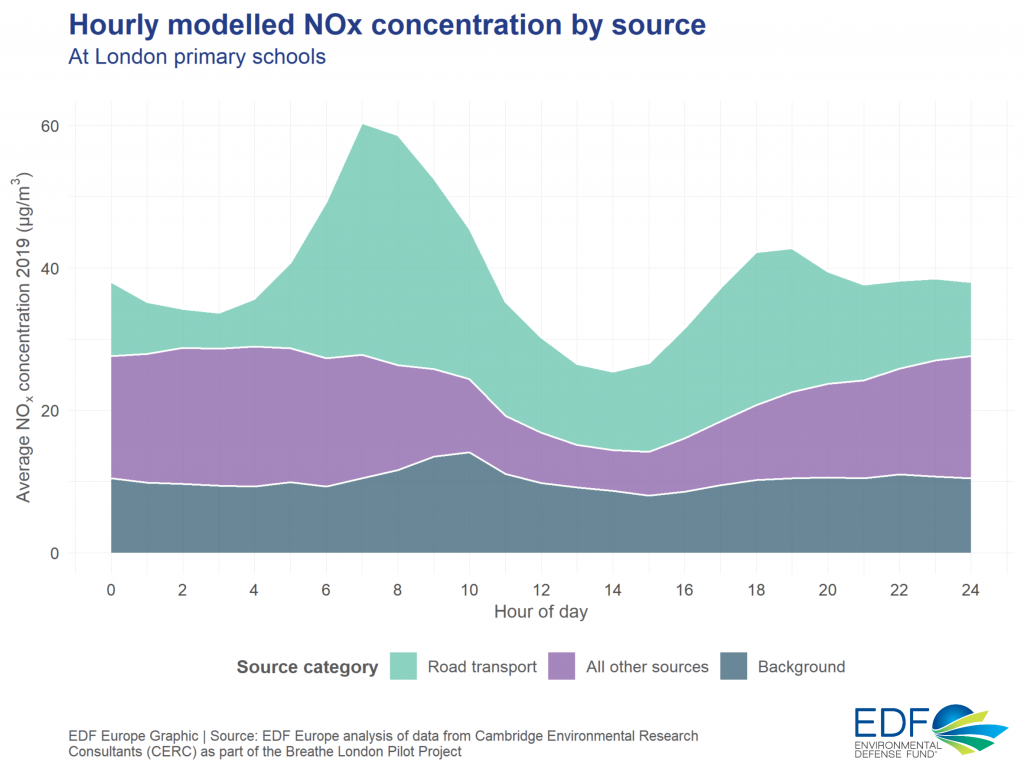
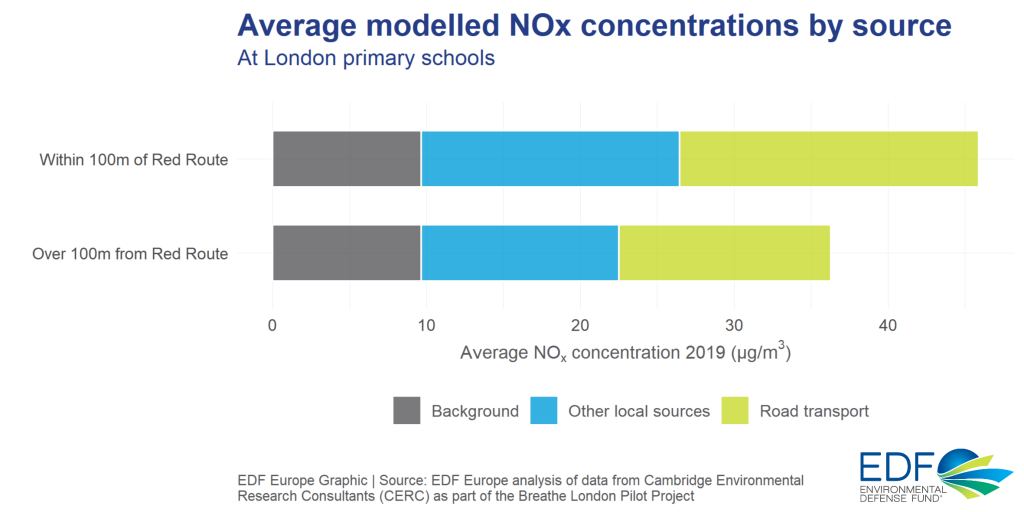
 A key question for any city considering using lower-cost sensors or mobile monitoring to measure air pollution is, “Can they provide reliable data and insights?”
A key question for any city considering using lower-cost sensors or mobile monitoring to measure air pollution is, “Can they provide reliable data and insights?”